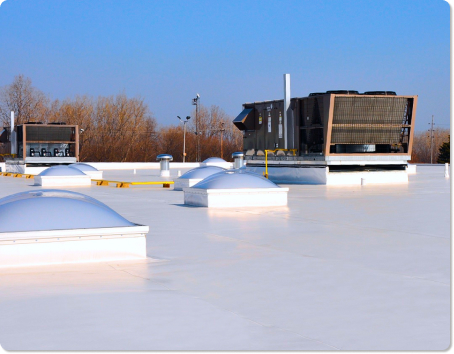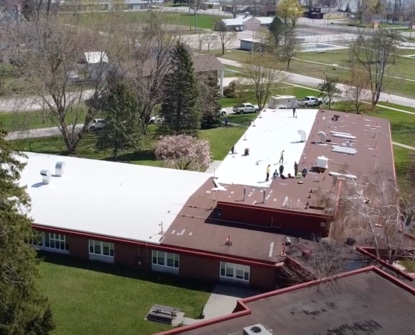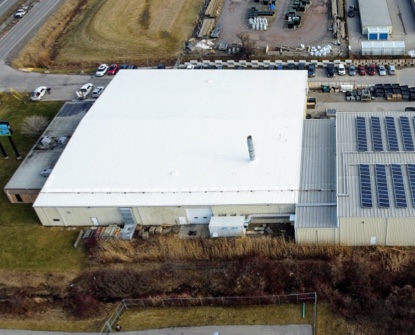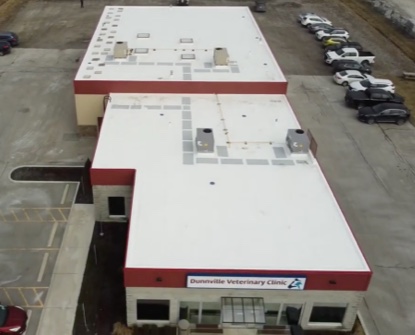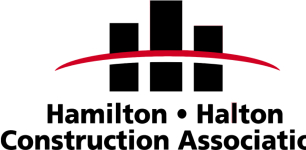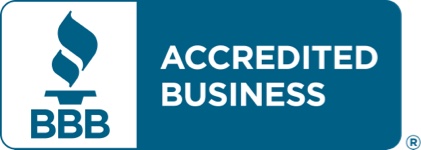-
Thank you Ibrahim, We really appreciate your Google rating us five stars. Can you share a few words about your experience please as it would be helpful for fellow Googlers. Thank you kindly from Management and Staff
Ibrahim Jame Mosque
-
As a custom home builder and renovator we work on many unique projects that require unique products and solutions. We only work with contractors that can provide the level of professionalism, service, and product quality that we demand of ourselves for our clientele. Watertite Roofing is one of those contractors who sets the bar higher for others. Their response time, organization of operations, and delivery on service is rarely paralleled. And they install a durable, well warrantied product that takes a load off our minds. We wouldn't use anyone else.
David Tucker
-
Watertite did an amazing job with our rooftop terrace installation, very professional and built to last many years. I would recommend them to anyone looking for a solution that is long lasting and low maintenance. Amazing job!
Glenn Edwards
-
The company is a family business, however they have plenty of other people to take care of your needs. Their estimate is done by Google earth and their representatives are very professional and helpful. The system they represent has an excellent 20 year warranty and provides a beautiful looking end result.
Using this product is definitely a money saver when doing a flat tar and gravel roof replacement. I highly recommend them.
Ulrich
-
There’s a reason the Watertite team consistently receives glowing reviews & is a highly rated Better Business Bureau member - such standing can only be earned - by consistently delivering a high-quality service & customer experience. To start, Zak prepared a detailed quote that included photos & clearly outlined what needed to be done & why. Thereafter, Zak dispatched a highly skilled, professional team to make the much-needed repairs. Thank you Zak & team - you are a credit to your profession! In an industry fraught with unscrupulous characters, it’s a comfort knowing the Watertite team’s business model subscribes to such old-fashioned values as honesty, integrity, quality, & doing what they committed to do. Better Business Bureau membership is a key differentiator in an industry that lacks governance, oversight & consumer protection enforcement.
C Prescott
-
I had the opportunity to work with Watertite in 2008, they educated me on their product along with the installation process. The job was completed in a diligent and timely manner and the material is a superior technologically advanced product. Most recently, I had an ice issue this past December where Watertite came out to my building to tackle an ice issue. Upon completion, I was shocked to hear from Zak that there was NO charge for the time spent. There are a very few out there that exercise honest ethical business practice.......THANK YOU
Zappa Zappa
-
The Optimist Club of Dunnville has worked with Watertite over the years. Recently, we contracted them to install a Duro-Last overlay roof system on the flat roof over our kitchen and back storage area. We were very pleased with the job. They noted a minor concern on a roof on which they were not working and repaired it at no extra charge. The team from - the quote, to the installation, to the office payment was friendly and professional. Installation of this durable, well-warrantied roofing allows us to focus our time and energy on our mission with the youth rather than worrying about leaking roof. Kudos to the Watertite team!
Brenda Zynomirski
-
In 2018 the team at Watertite installed a new flat roof on our building. Being that it was fairly new product and procedures to us we were a bit apprehensive at first. However, Zak and the team were great to deal with in terms of explaining the new product and installation procedures and it really eased our mind during the decision making process. During installation the team couldn't have been better. Quick, clean and efficient, very knowledgeable and upon completion they took the time to explain the do's and don'ts as well as general maintenance tips for us to follow. This past week during the excessive snow storms we've had in our area we had some water dripping into our office and showroom. Zak had a team member over the next business day to have a look, at no charge. He did the best he could to clear the water and ice from a frozen eavestrough and downspout that was causing water to travel behind siding and under the membrane. We are very grateful for them to have come out so quickly and not even charge us even though the leak wasn't even from their roof installation! We have another project in the works for the spring time and we will definitely be going with the team at Watertite again!
Steve Yendt
-
Great responsiveness, good value and no hidden costs. Would not hesitate to recommend this company to anyone needing roof work. Chris Elgar of C Elgar Holdings Limited.
Chris Elgar
-
During a heavy rain event, the roof leaked and one of the tenant was concerned about the leak. I called Watertite Roofing and they were on the roof to patch the leak by end of the same day. In the meantime, they did an assessment of the roof and provided a quotation within days for the replacement of the roof. Once the quotation was approved, Watertite Roofing promptly began to replace the roof the following day. The foreman on site for Watertite Roofing was considerate of intrusion to the businesses and their clients. The site foreman was approachable and made changes requested by the landlord. The work was completed in four days and before the next rainfall. Communication with the head office was always pleasant and frequent updates were provided every several days of work progress by the Operations Manager/Estimator. I was pleased with the quick response and the professional manner in which the work was completed ahead of time.
Silvio Mucciarelli
-
Always a pleasure working with Waterside Roofing from Dunnville, Ontario. Watertite is very professional at their workmanship and I will continue to have them complete multiple jobs in the future.
Rodney Hipwell
-
Great experience - everything about their roof system was well explained, price was very competitive and the work was done on schedule with a great crew - what more could you ask for?
M. B.
-
It's great to see local businesses such as Watertite Roofing - Specialists in Flat Roofing actively participating and helping the local community. Thank-you so much for your support this year at our BMX race track. We all do it for the kids!
FALLS BMX PARK (Falls BMX Park)
-
We did our due diligence on roofers when we needed a complete new 15,000 square foot flat roof. All signs were positive for Watertite and they did not disappoint us, they did a great job. Zack was our main contact and he kept us informed throughout the project and always returned our calls in a timely fashion. Well done Watertite team! Larry Fontaine, president of Fontaine Transport Inc.
Barb Fontaine
-
We have used Watertite Roofing on several occasions and have been extremely happy with their service. They have come to our rescue many, many times always swiftly and professionally. It's incredibly hard finding a great roofing company. I'm pleased to say that we've found them and look forward to doing business with them for many years to come.
Melissa Turner
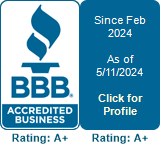 With an
A+ rating, the Watertite Roofing - Specialist in Flat Roofing, with over 50 years of experience, lead in the installation, repair, replacement, retrofit, and maintenance of commercial, institutional, and industrial flat roofs. Serving Southern Ontario areas including Hamilton, Mississauga, Burlington, Etobicoke, Niagara Falls, and St. Catharines, we tailor solutions for every flat roofing challenge, focusing on delivering waterproof, durable results that protect buildings, businesses, and properties.
With an
A+ rating, the Watertite Roofing - Specialist in Flat Roofing, with over 50 years of experience, lead in the installation, repair, replacement, retrofit, and maintenance of commercial, institutional, and industrial flat roofs. Serving Southern Ontario areas including Hamilton, Mississauga, Burlington, Etobicoke, Niagara Falls, and St. Catharines, we tailor solutions for every flat roofing challenge, focusing on delivering waterproof, durable results that protect buildings, businesses, and properties.